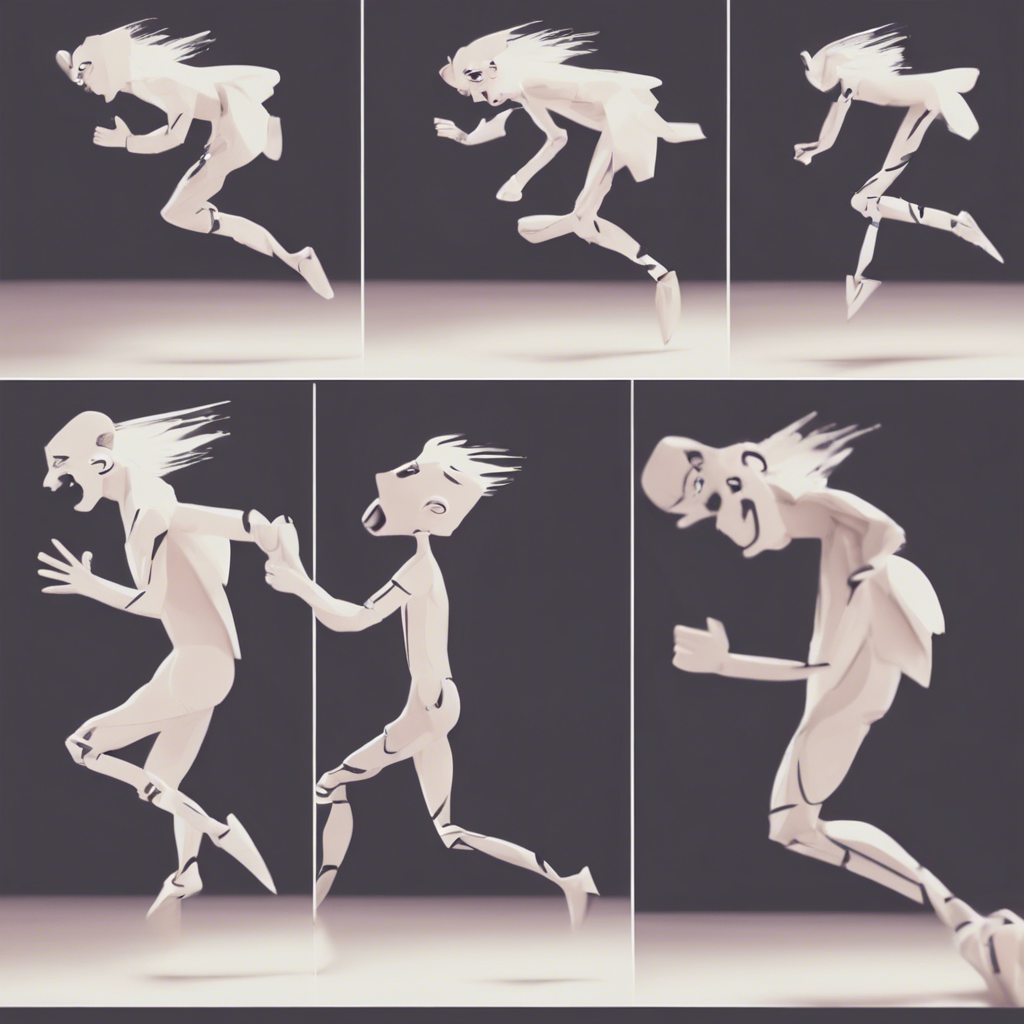How fast can you learn animation?
How Fast Can You Learn Animation?
Animation is a fascinating art form that has captured the imagination of people for decades. From classic Disney movies to modern-day blockbuster hits, animation has become an integral part of our culture. But how fast can you learn animation? Is it something that can be picked up in a few weeks or does it take years of practice? In this article, we'll explore the different aspects of animation and how quickly you can become proficient in this skill.
The Basics of Animation
Before diving into the speed of learning animation, it's essential to understand the basics of this art form. Animation is the process of creating a series of images or frames that, when played in sequence, create the illusion of movement. This technique can be applied to various mediums, including film, television, video games, and even virtual reality.
There are several types of animation, each with its unique style and approach. The most common forms include:
- 2D Animation: This involves drawing individual frames on a two-dimensional plane, which are then played in sequence to create movement.
- 3D Animation: Also known as CGI (Computer-Generated Imagery), this type uses 3D modeling software to create characters and environments, which are then animated.
- Stop Motion: This technique involves physically moving objects in small increments and capturing each position with a camera, creating the illusion of movement frame by frame.
- Motion Graphics: A mix of animation and graphic design, focusing on text-based animations and visual elements.
Factors Affecting Learning Speed
The speed at which you learn animation depends on several factors, including:
Personal Interest and Dedication
Your passion for animation is a crucial factor in how quickly you can learn. If you're genuinely interested in the subject, you'll be more motivated to dedicate time and effort to practice and improve.
Prior Artistic Experience
Having a background in art, such as drawing or graphic design, can significantly accelerate your learning process. Basic skills in these areas will make it easier to grasp the concepts behind animation.
Learning Resources
The availability of quality learning resources, such as online courses, tutorials, and software, can greatly impact your progress. Access to the right tools and knowledge can help you learn more efficiently.
Natural Aptitude
Some people may have a natural aptitude for understanding animation concepts and techniques, allowing them to pick up the skill more quickly than others.
Time Allocation
The amount of time you can dedicate to learning animation each week will also affect your speed. Consistent practice is key to improvement, so the more time you can commit, the faster you'll learn.
Breaking Down the Learning Curve
To understand how fast you can learn animation, let's break down the learning process into stages:
Stage 1: Introduction to Animation Principles
- Time Estimate: 1-2 weeks
- This stage involves learning the fundamental principles of animation, such as timing, spacing, and squash and stretch. Familiarizing yourself with these concepts will provide a solid foundation for further learning.
Stage 2: Basic Skills Development
- Time Estimate: 4-8 weeks
- Building on the principles, you'll start practicing basic animation techniques. This includes creating simple movements, like bouncing balls or walking cycles, using either 2D drawing or 3D modeling software.
Stage 3: Intermediate Techniques
- Time Estimate: 3-6 months
- As you become more comfortable with the basics, you'll move on to more complex animations, such as character actions, expressions, and interactions. This stage involves refining your skills and applying them to more intricate projects.
Stage 4: Advanced Animation and Specialization
- Time Estimate: 6 months to several years
- At this point, you'll be ready to tackle advanced animation techniques and specialize in a specific area, such as character animation, motion graphics, or effects. Continuous learning and practice are essential to mastering your chosen field.
Real-World Practice and Feedback
One of the most critical aspects of learning animation is applying what you've learned in real-world projects. This not only helps solidify your understanding but also allows you to receive valuable feedback from peers and professionals.
Platforms like Behance, ArtStation, and Reddit's r/AnimationFeedback are great places to share your work and get constructive criticism. This feedback loop is crucial for identifying areas of improvement and refining your skills.
Conclusion
Learning animation is a journey that can vary greatly in speed depending on individual factors. While some may pick up the basics in a few weeks, mastering advanced techniques and specialization can take months or even years of practice. The key to success is consistent practice, dedication, and the willingness to learn from feedback.
Whether you're looking to become a professional animator or simply want to explore this creative outlet as a hobby, remember that the most important aspect is the joy you find in the process of learning and creating. So grab your drawing tools or animation software, and start your animation adventure today!
This article is ready to be copied and pasted as a blog post. It provides a comprehensive overview of the animation learning process, including the different types of animation, factors affecting learning speed, and a breakdown of the stages involved in mastering animation skills. The conclusion emphasizes the importance of consistent practice, dedication, and feedback in the learning journey.
Discover more from EMD
Subscribe to get the latest posts to your email.
